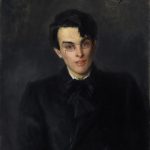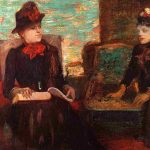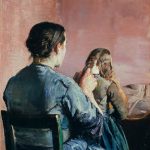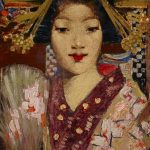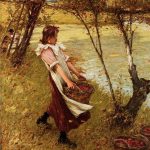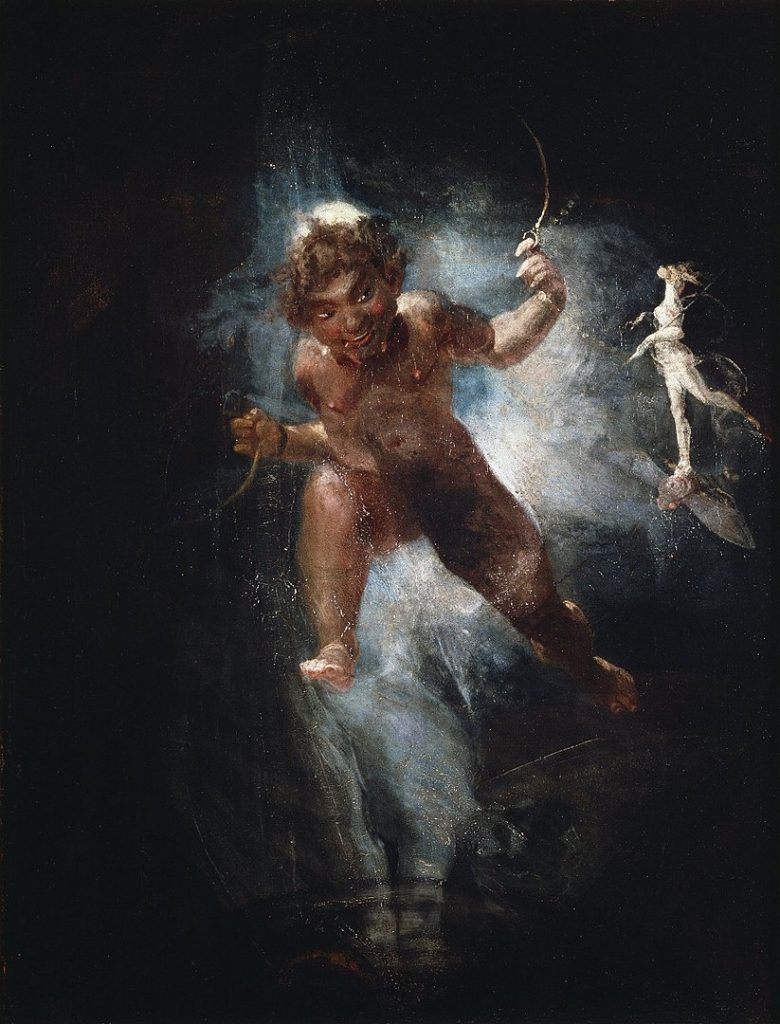
Henry Fuseli, born Johann Heinrich Füssli on February 7, 1741, in Zürich, Switzerland, was a Swiss painter, draughtsman, and writer best known for his works that bridge the realms of Neoclassicism and Romanticism. Fuseli’s art often delved into themes of the fantastical, the supernatural, and the macabre, earning him recognition as a key figure in the transition from the Enlightenment era to the Romantic period.
Fuseli’s early education in Zürich included a strong emphasis on classical literature, theology, and philosophy. In 1765, he traveled to England, where he would spend much of his career. He initially pursued a clerical career but soon turned to art, studying at the Royal Academy in London under the tutelage of Sir Joshua Reynolds.
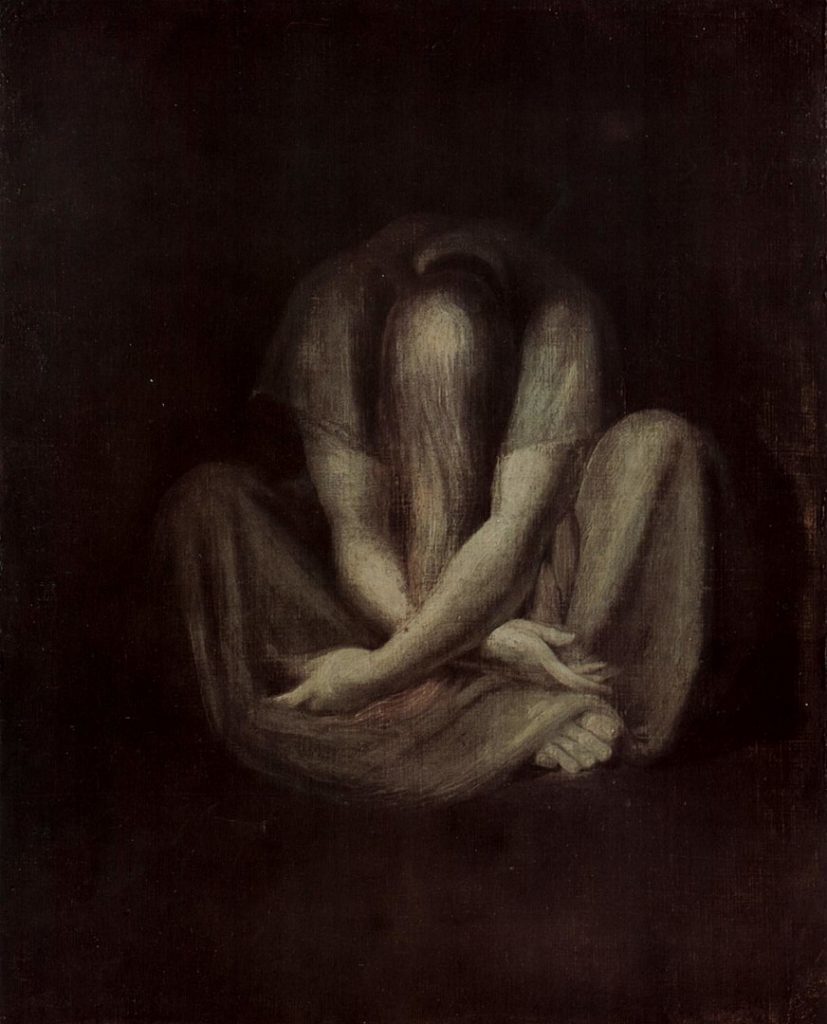
Known for his dramatic and imaginative compositions, Fuseli gained attention for works such as “The Nightmare” (1781), a painting that epitomizes his fascination with the mysterious and otherworldly. The painting, featuring a woman in a vulnerable state with a demonic incubus atop her, became an iconic representation of Gothic art.
Shakespeare’s Influence
Fuseli’s interest in literature, mythology, and Shakespearean drama heavily influenced his art. His paintings often depicted scenes from Shakespeare’s plays, and he became known for his vivid interpretations of characters like Hamlet, Macbeth, and Titania.
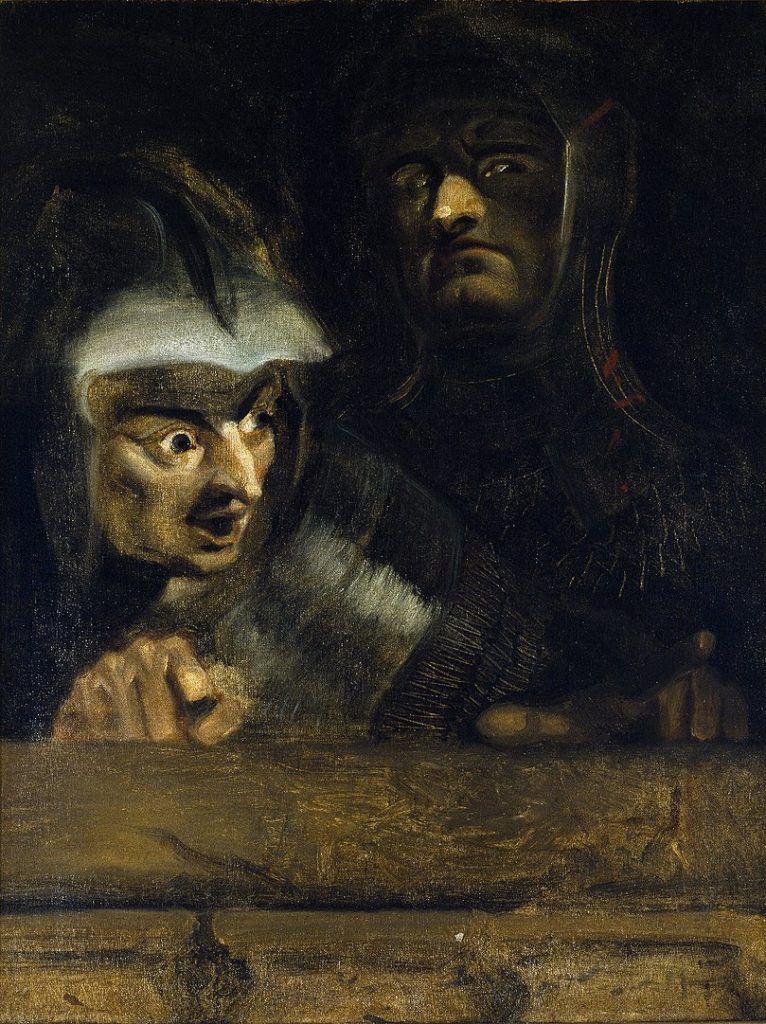
As a member of the Royal Academy, Fuseli contributed significantly to the art scene in England. His role as a professor at the academy allowed him to influence a new generation of artists, including William Blake. Fuseli’s lectures on art theory and aesthetics reflected his broad knowledge and intellectual engagement with the cultural and philosophical currents of his time.
Apart from his paintings, Fuseli was a prolific writer. His essays on art and aesthetics, often exploring topics such as the sublime and the grotesque, were well-regarded. Fuseli’s literary pursuits complemented his visual art, providing insights into the intellectual and philosophical underpinnings of his creative endeavors.
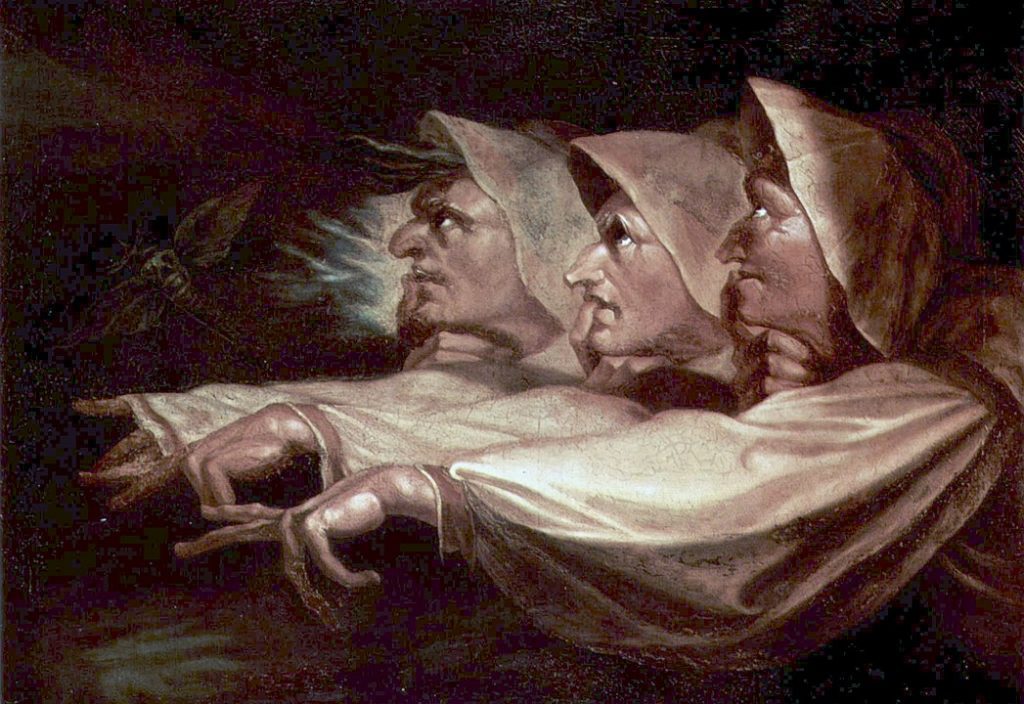
Fuseli’s work extended beyond painting to include book illustrations and designs for the theater. His illustrations for Johann Kaspar Lavater’s “Physiognomy” and John Milton’s “Paradise Lost” are notable examples of his contributions to the world of print.
Continuing to Explore
Henry Fuseli spent much of his later life in England, where he continued to paint, write, and influence the artistic community. His impact on the Romantic movement, particularly his exploration of the imaginative and emotional aspects of art, remains significant.
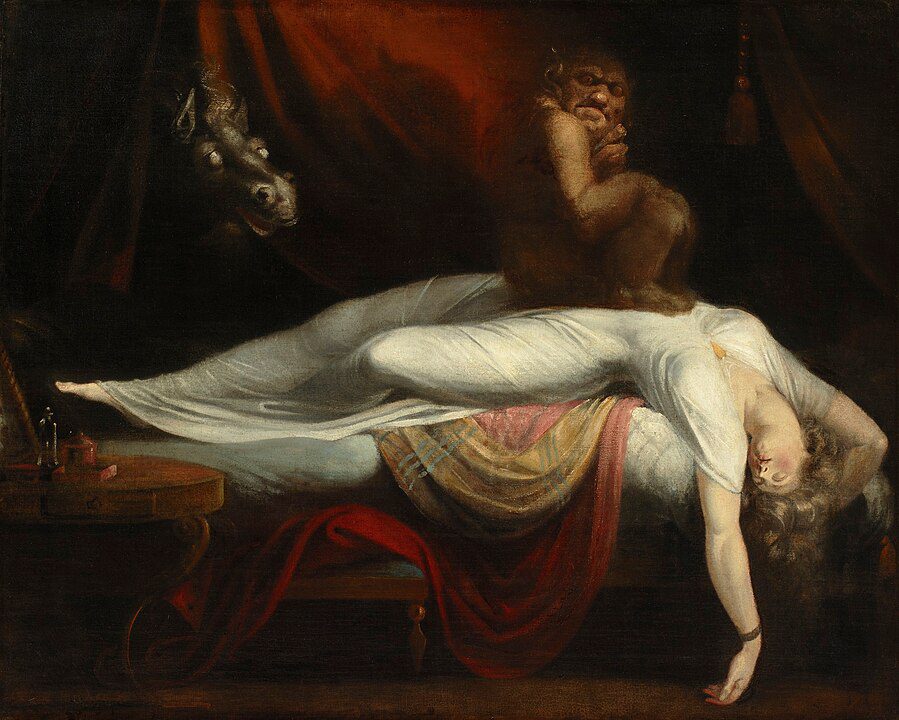
Henry Fuseli passed away on April 16, 1825, in Putney Hill, London. His legacy endures in the lasting influence of his paintings, writings, and his role in shaping the intellectual currents of the late 18th and early 19th centuries. Fuseli’s ability to capture the mysterious and the sublime in his art continues to captivate audiences and scholars alike.

